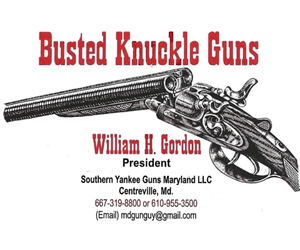Maverick0313
Retired and loving it

My preference is two stage triggers. If you're looking for a decent two stage trigger at a good price, have a look at Rock River National Match triggers; they're tough to beat for the money.
+1....have a RRA tmatch trigger.....super.....



